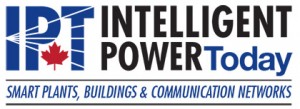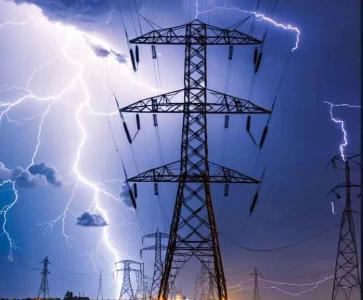Advancements in Lightning Rod Design: Early Streamer Emission (ESE) Technology
Lightning protection systems have evolved significantly, with Early Streamer Emission (ESE) technology emerging as a groundbreaking advancement in lightning rod design. ESE technology aims to proactively protect structures from lightning strikes by initiating an upward streamer earlier than traditional lightning rods. This article delves into the concept of ESE technology, its potential benefits, limitations, and its impact on modern lightning protection strategies.
Visit Our Electrical Protection Study Course
Understanding Early Streamer Emission Technology
ESE lightning rods are designed to preemptively react to the electrostatic conditions that precede a lightning strike, creating an upward leader streamer ahead of natural conditions. This proactive approach increases the probability of capturing the lightning discharge directly, thereby enhancing the protected area's safety.
Mechanism of Action
ESE devices work by detecting the rise in ambient electric field strength as a thunderstorm approaches. Once a certain threshold is reached, the device emits a streamer earlier than a conventional lightning rod would, effectively intercepting the lightning strike and safely directing it to the ground.
Benefits of ESE Technology in Lightning Protection
ESE technology offers several advantages over traditional lightning protection methods, contributing to its growing popularity in the field.
Increased Protection Radius
One of the primary benefits of ESE technology is its ability to protect a larger area compared to conventional lightning rods. This extended protection radius makes ESE systems suitable for safeguarding large-scale installations, such as industrial complexes and commercial campuses.
Reduced Installation Costs
By covering a larger area, ESE systems can reduce the number of rods required for effective protection, thereby lowering the overall installation and material costs.
Enhanced Structural Safety
ESE technology provides a more reliable means of attracting and neutralizing lightning strikes, enhancing the safety of the structures and the individuals within them.
Limitations and Challenges of ESE Systems
Despite their advantages, ESE lightning protection systems are not without their challenges and limitations, which are important to consider when evaluating their suitability for a particular application.
Scientific Debate
There is ongoing scientific debate regarding the effectiveness of ESE technology. Critics argue that the increased initiation of upward streamers does not significantly enhance the protection level compared to traditional systems, necessitating further research and standardized testing.
Regulatory Compliance
The adoption of ESE technology in lightning protection is subject to regulatory standards that vary by region. Compliance with these standards is crucial for ensuring the legitimacy and reliability of the protection system.
Maintenance and Performance Monitoring
Like all lightning protection systems, ESE devices require regular maintenance and performance monitoring to ensure their continued effectiveness and reliability.
Future of ESE Technology in Lightning Protection
As research and development in the field continue, the future of ESE technology in lightning protection looks promising, with potential advancements on the horizon.
Integration with Advanced Monitoring Systems
The integration of ESE technology with real-time monitoring systems and IoT devices could enhance the predictive capabilities and overall efficiency of lightning protection strategies.
Continuous Improvement and Standardization
Ongoing improvements in ESE technology, driven by research and field experiences, are expected to address current limitations and lead to more standardized approaches in the industry.
Early Streamer Emission technology represents a significant advancement in lightning protection, offering the potential for more effective and efficient safeguarding of structures against lightning strikes. Despite the ongoing debate and challenges, the benefits of ESE systems, including increased protection radius and reduced costs, make them a compelling option in modern lightning protection strategies. As the technology evolves and gains acceptance, ESE could become a standard in proactive lightning protection for various types of installations.

